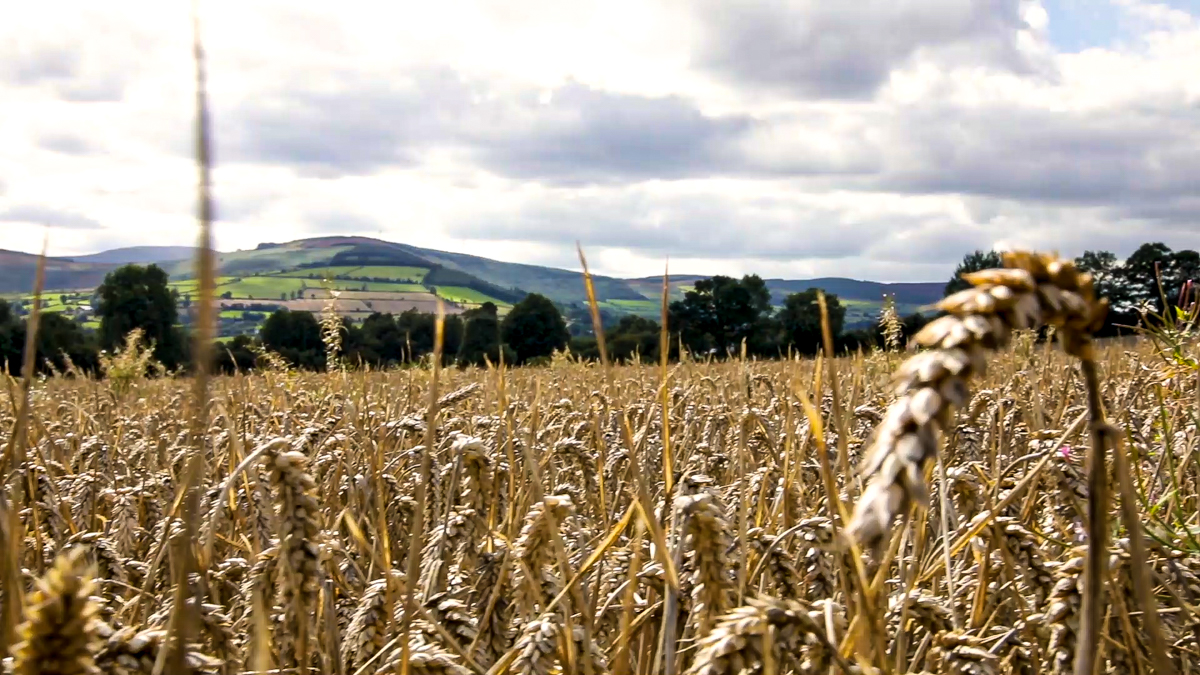The European Union could be left with around 3.9 million farms by 2040, according to a new study.
Research4AGRI was requested to examine the future of the European farming model (EFM) by the Agriculture and Rural Development Committee (AGRI) of the European Parliament.
The study examines the impact of the decline in the number of farms across the EU.
It found that almost all EU regions are undergoing long-term structural change in farming.
There has been a steady increase in the average size of holdings and a concentration of production on fewer and larger enterprises.
The number of farms across the 27 EU member states declined by 32% between 2003 and 2016, from around 15 to 10.3 million.
The drop was sharpest among small farms and moderate in medium-sized holdings, while large farms increased by 7%.
By forecasting past farming numbers until the year 2040, the researchers found that the EU might lose an additional 6.4 million farms.
This would leave around 3.9 million farms across the EU by 2040, which is a decrease of 62% on 2016.
“Based on this forecasted calculation the EU may lose more than 267,000 farms/year; more than 22,000 farms/month; and more than 700 farms/day,” researchers stated.
The study shows that parts of Poland, Bulgaria, Italy, Slovakia and Hungary are at “very high” risk of a decline in the number of holdings.
The Baltic states – Estonia, Latvia and Lithuania – are all deemed to be at “high” risk.
The research classifies the northern half of Ireland as having “no risk” of farm decline, while no data was offered on the southern part of the country.

The researchers concluded that in order to foster sustainability and resilience, the EFM and policy must embrace the emerging diversity of farmer profiles.
They noted that the Common Agricultural Policy (CAP) has “a limited and indirect effect on structures”.
“Its distribution of funds and measures focuses on economic issues and consequently favours large, intensive farms, compounding the shift towards concentration dictated by market forces.”
The researchers felt existing EU measures do not compensate for this due to poor targeting or insufficient funds. However, they note that direct goals and targeted funding could achieve structural objectives.
“A balanced consideration of potential policy impacts on structural change could prove instrumental in better aligning with the sustainable development goals,” they stated.
To increase the resilience of farms, the study suggested a greater shift towards rural development measures.
It stated that measures should support adding value to products, education and advisory services and removing barriers preventing entry to farming.
